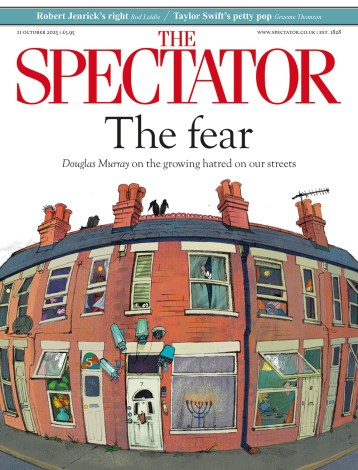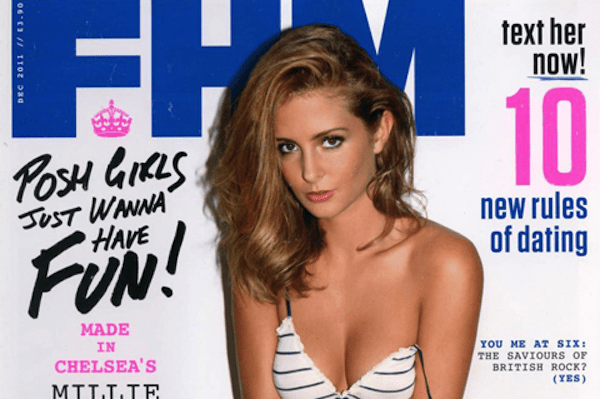‘A victory for feminism,’ came the cries this week, as news broke that FHM was to close after 20 years. Then came a rush of virtue-signalling males proclaiming that they were surprised anyone still read that old misogynistic rag. Of course how many people actually read it is now becoming pretty clear, yet it was a question I found myself asking strangers while I was working as an intern at FHM in the summer of 2011, on a project meant to help rebrand the lads’ mag.
The magazine was stuck in a funk after its 90s heyday and struggling to connect with millennials. Not as classy or as cool as GQ or Esquire, as useful as Men’s Health or as plain smutty as Zoo or Nuts, FHM had lost its way. With declining sales only rivalled by a faster dropping street cred, they had hired two new editors to lead it onto a more fruitful path. As the four interns, our job was to help them as we attempted to rediscover the magazine’s ‘je ne sais quoi’.
As well as obligatory FHM duties such as chaperoning glamour models, a lot of time was spent vox-popping men on Carnaby Street. When they answered ‘no’ to whether they read the magazine, I would ask ‘why not?’ At which point the man would usually mutter something about feeling uncomfortable being seen reading it on a train, or reading it in public full stop. Some even cited issues when perusing it from the safety of their own home. A tissue freebie hadn’t helped proceedings, as teenagers across the country had opened the magazine with a scantily dressed woman on its cover, only for a pack of Kleenex to fall out onto their cereal.
Then came the million dollar question: ‘What would make you buy FHM?’ This was often met with an awkward silence, some generic words about ‘things that are cool’ and a disclaimer that they were not ‘into’ the level of nudity on the cover.
Of course, given that they were speaking to a 21-year-old female, their answers should be taken with a pinch of salt. However, the responses did at least hint at the issues that came with reading the magazine in public. So on reading the grand theories this week linking the magazine’s demise to readers turning to pornography, or all men suddenly ‘seeing sense’, I was left unconvinced. The magazine was never really close to pornography. It was cheeky, yes, but they had also introduced a nipple ban years ago, while the last issue even had a man on the cover.
What FHM had was a woman problem. In a world where Taylor Swift recently received flak from angry feminists for ‘selling out’ by appearing on the cover of GQ, how would a magazine with a reputation like FHM‘s be able to compete? Back in 2011 we made a list of the women we wanted on the cover: Rihanna, Kaya Scodelario and Katy Perry were high. When those covers failed to materialise, we tried for lesser-known actresses rather than glamour girls, in order to eventually tempt the big names back. When the long game failed to prove lucrative, the regime slowly went back to its old ways, with girls who at least wanted to be there on the cover.
Of course, such girls where never going to go down well with Guardian feministas. In an age where places of debate are increasingly swapped for trigger warnings and safe spaces, the magazine’s target audience no longer felt able to read their magazine of choice on a train without receiving dirty looks. Ultimately, today’s safe spaces meant that the lads found themselves with no safe place of their own, so they retreated away from FHM, to the privacy of their laptops and phones.







Comments